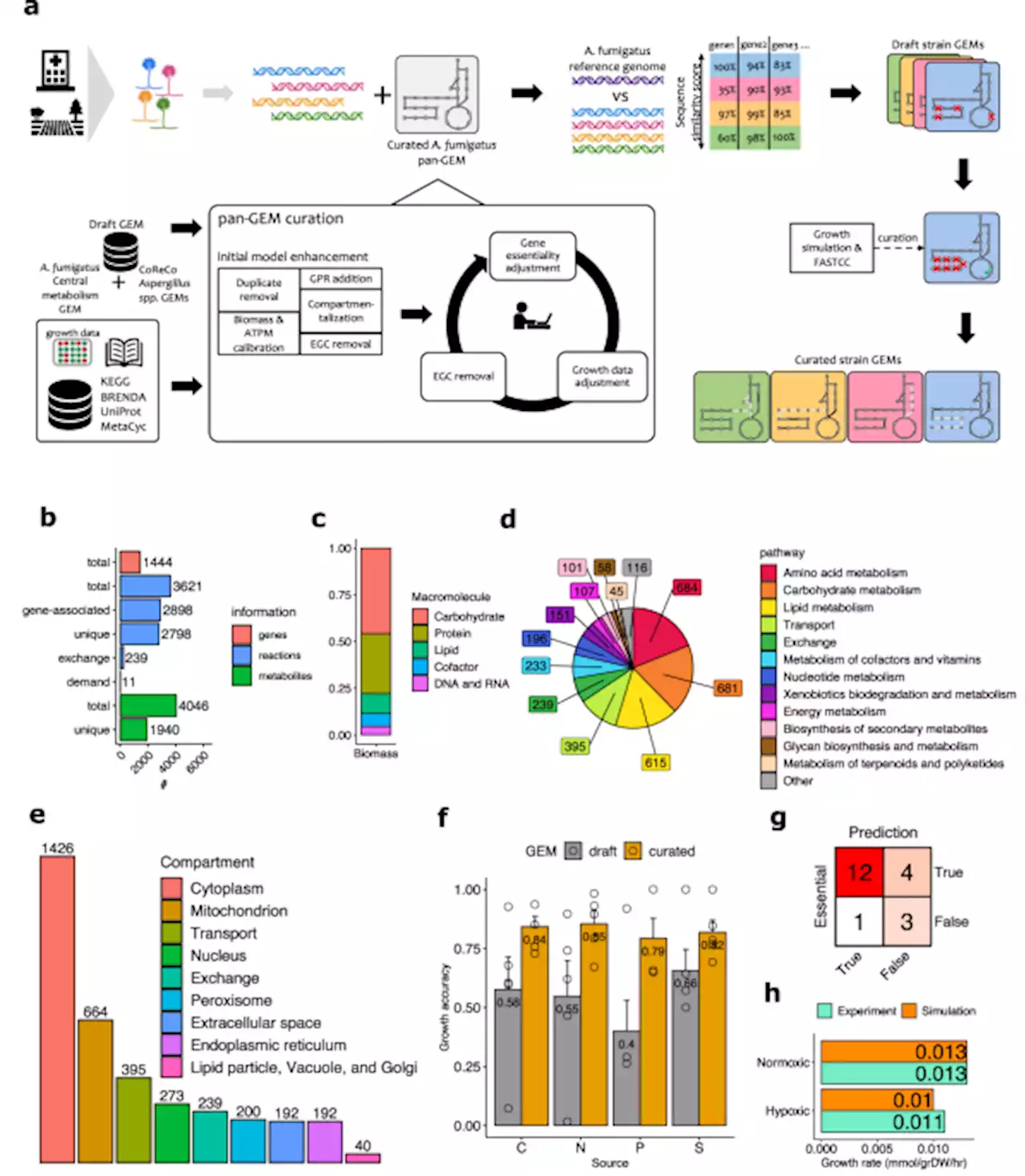Nanotechnology's triple threat: Advancing precision cancer treatment Nature nanotechnology nanomedicine nano cancertreatment cancer therapy cancertherapy precisionmedicine personalisedmedicine
By Vijay Kumar MalesuAug 9 2023Reviewed by Lily Ramsey, LLM In a recent review published in Natures Signal Transduction and Targeted Therapy Journal, a group of authors explored current and future strategies in the design of tumor tissue-, cell-, and organelle-targeted cancer nanomedicines, emphasizing the latest advances in hierarchical targeting technologies to maximize therapeutic efficacy while minimizing off-target toxicity.Background Cancer is a leading global killer, with 19.
Tumor tissue targeting strategies The enhanced permeability and retention effect was discovered by Matsumura and Maeda in 1986, emphasizing the principle of nanoparticles entering tumor tissues due to abnormal blood vessels. Cell-mediated targeting uses cells like leukocytes or stem cells as nanoparticle delivery vehicles. Given their natural tumor-targeting ability, these cells can effectively deliver therapeutic agents to tumor sites.
Proteins like transferrin are exploited for targeting due to their precision. For example, Tf-infused nanoparticles can target tumor cells rich in transferrin receptors. Short amino acid chains called peptides can effectively deliver nanoparticles to tumors. Using membranes from cells like red blood cells , platelets, and white blood cells to coat nanoparticles can enhance tumor targeting. For instance, WBC-coated nanoparticles have shown promising results in various cancer models.
Triphenylphosphonium is a lipophilic cation that can selectively accumulate in mitochondria due to its interactions with the negatively charged mitochondrial membrane. It has been widely used to target various small molecules and nanoparticles to mitochondria for therapeutic purposes. Lysosomal sorting peptides have been used to guarantee nanoparticles' final delivery to lysosomes, facilitating efficient lysosomal targeting and enhanced anticancer efficacy.
Belgique Dernières Nouvelles, Belgique Actualités
Similar News:Vous pouvez également lire des articles d'actualité similaires à celui-ci que nous avons collectés auprès d'autres sources d'information.
 New family focus for Isle of Man nature discovery centreA centre at the Isle of Man's Ayres National Nature Reserve is enhanced with family activities.
New family focus for Isle of Man nature discovery centreA centre at the Isle of Man's Ayres National Nature Reserve is enhanced with family activities.
Lire la suite »
 Trimannose-coupled antimiR-21 for macrophage-targeted inhalation treatment of acute inflammatory lung damage - Nature CommunicationsMacrophages are increasingly recognized as key drivers of lung damage in acute pneumonia including COVID-19. Here, the authors report on a first-in-class, inhalable, carbohydrate-coupled microRNA-inhibitor for selective targeting of macrophages and that prevents pulmonary hyperinflammation.
Trimannose-coupled antimiR-21 for macrophage-targeted inhalation treatment of acute inflammatory lung damage - Nature CommunicationsMacrophages are increasingly recognized as key drivers of lung damage in acute pneumonia including COVID-19. Here, the authors report on a first-in-class, inhalable, carbohydrate-coupled microRNA-inhibitor for selective targeting of macrophages and that prevents pulmonary hyperinflammation.
Lire la suite »
 Bone-matrix mineralization dampens integrin-mediated mechanosignalling and metastatic progression in breast cancer - Nature Biomedical EngineeringBone-matrix mineralization induces a less proliferative phenotype in breast cancer cells, as shown in collagen-based matrices with adjustable mineralization and in mice with xenografted bone matrices seeded with cancer cells.
Bone-matrix mineralization dampens integrin-mediated mechanosignalling and metastatic progression in breast cancer - Nature Biomedical EngineeringBone-matrix mineralization induces a less proliferative phenotype in breast cancer cells, as shown in collagen-based matrices with adjustable mineralization and in mice with xenografted bone matrices seeded with cancer cells.
Lire la suite »
 Genome-scale metabolic modeling of Aspergillus fumigatus strains reveals growth dependencies on the lung microbiome - Nature CommunicationsHere, the authors generate strain-specific genome-scale metabolic models of Aspergillus fumigatus and analyze fungal metabolism of infection of the lung of cystic fibrosis patients, finding that the fungus shapes the lung microbiome to promote its own growth.
Genome-scale metabolic modeling of Aspergillus fumigatus strains reveals growth dependencies on the lung microbiome - Nature CommunicationsHere, the authors generate strain-specific genome-scale metabolic models of Aspergillus fumigatus and analyze fungal metabolism of infection of the lung of cystic fibrosis patients, finding that the fungus shapes the lung microbiome to promote its own growth.
Lire la suite »
 Association between troponin level and medium-term mortality in 20 000 hospital patientsIntroduction Cardiac troponin (cTn) concentrations above the manufacturer recommended upper limit of normal (ULN) are frequently seen in hospital patients without a clinical presentation consistent with type 1 myocardial infarction, and the significance of this is uncertain. The aim of this study was to assess the relationship between medium-term mortality and cTn concentration in a large consecutive hospital population, regardless of whether there was a clinical indication for performing the test. Method This prospective observational study included 20 000 consecutive in-hospital and outpatient patients who had a blood test for any reason at a large teaching hospital, and in whom a hs-cTnI assay was measured, regardless of the original clinical indication. Mortality was obtained via NHS Digital. Results A total of 20 000 patients were included in the analysis and 18 282 of these (91.4%) did not have a clinical indication for cardiac troponin I (cTnI) testing. Overall, 2825 (14.1%) patients died at a median of 809 days. The mortality was significantly higher if the cTnI concentration was above the ULN (45.3% vs 12.3% p|0.001 log rank). Multivariable Cox analysis demonstrated that the log10 cTnI concentration was independently associated with mortality (HR 1.76 (95% CI 1.65 to 1.88)). Landmark analysis, excluding deaths within 30 days, showed the relationship between cTnI concentration and mortality persisted. Conclusion In a large, unselected hospital population, in 91.4% of whom there was no clinical indication for testing, cTnI concentration was independently associated with medium-term cardiovascular and non-cardiovascular mortality in the statistical model tested. No data are available. The nature of the data sharing agreement with NHS Digital prevents sharing of these data.
Association between troponin level and medium-term mortality in 20 000 hospital patientsIntroduction Cardiac troponin (cTn) concentrations above the manufacturer recommended upper limit of normal (ULN) are frequently seen in hospital patients without a clinical presentation consistent with type 1 myocardial infarction, and the significance of this is uncertain. The aim of this study was to assess the relationship between medium-term mortality and cTn concentration in a large consecutive hospital population, regardless of whether there was a clinical indication for performing the test. Method This prospective observational study included 20 000 consecutive in-hospital and outpatient patients who had a blood test for any reason at a large teaching hospital, and in whom a hs-cTnI assay was measured, regardless of the original clinical indication. Mortality was obtained via NHS Digital. Results A total of 20 000 patients were included in the analysis and 18 282 of these (91.4%) did not have a clinical indication for cardiac troponin I (cTnI) testing. Overall, 2825 (14.1%) patients died at a median of 809 days. The mortality was significantly higher if the cTnI concentration was above the ULN (45.3% vs 12.3% p|0.001 log rank). Multivariable Cox analysis demonstrated that the log10 cTnI concentration was independently associated with mortality (HR 1.76 (95% CI 1.65 to 1.88)). Landmark analysis, excluding deaths within 30 days, showed the relationship between cTnI concentration and mortality persisted. Conclusion In a large, unselected hospital population, in 91.4% of whom there was no clinical indication for testing, cTnI concentration was independently associated with medium-term cardiovascular and non-cardiovascular mortality in the statistical model tested. No data are available. The nature of the data sharing agreement with NHS Digital prevents sharing of these data.
Lire la suite »
